Dehydration is an ancient method of preserving food, relied upon by generations before the age of refrigeration. This technique not only ensures longer shelf life but also concentrates flavors, often turning simple fresh produce into gourmet delights. In the modern age, when many strive for self-sufficiency and organic eating, growing your own food for dehydration can be an enriching experience. By cultivating specific fruits and vegetables in a home garden, one can ensure both the quality and freshness of the food. The subsequent sections explore some of these foods, showcasing why they are optimal for dehydration and how they transform in taste and texture during the process.
Apples
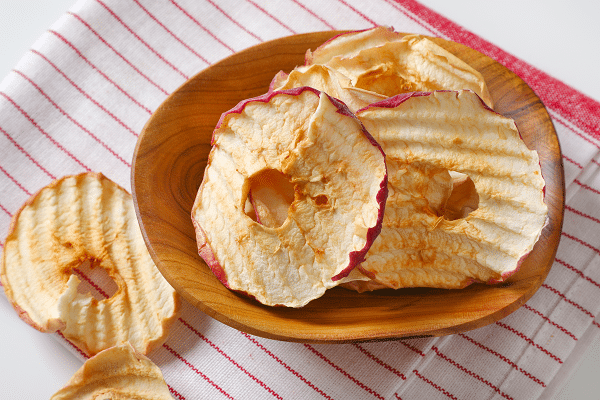
Apples, with their innate sweetness and fibrous structure, are prime candidates for dehydration. When dried, apples retain much of their nutritional value, especially their fiber and vitamin C content. This makes them not only a tasty but also a healthy snacking option. Certain apple varieties, such as Fuji and Honeycrisp, stand out for their exceptional flavor when dried, offering a blend of sweetness and tartness.
In addition to their health benefits, dehydrated apples have versatile culinary applications. From being a crunchy addition to granolas and cereals to serving as a natural sweetener in baked goods, they enhance many dishes. Their shelf stability also means that these flavors of fall can be enjoyed year-round, no matter the season.
Peppers

Peppers, whether bell or chili, undergo a fascinating transformation when dehydrated. Their flavors intensify, making them a valuable ingredient for a variety of dishes, from spicy concoctions to subtle, flavor-enhanced recipes. For instance, dried bell peppers, once rehydrated, can be a great addition to sauces, while dried chili peppers form the base of many hot sauce recipes.
The world of peppers offers a vast range of flavors and heat levels. When these are dehydrated, their characteristics get even more pronounced. For example, drying a habanero, one of the spiciest peppers, can elevate its heat while concentrating its fruity undertones. On the other hand, drying a sweet bell pepper enhances its natural sugars, making it an ideal ingredient for both savory and sweet dishes.
Grapes
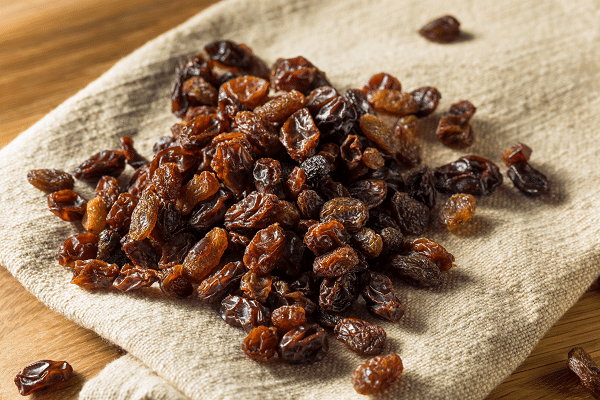
Transforming grapes into raisins through dehydration is a testament to nature’s ability to concentrate sweetness and flavor. Grapes, when dried, lose their water content but retain a significant amount of their nutrients. This process brings out the inherent sugars in grapes, giving raisins their characteristic sweet taste and chewy texture, making them a favorite in kitchens around the world.
Raisins, apart from being consumed directly as snacks, find their way into numerous culinary creations. They blend seamlessly into baked goods, cereals, and even some savory dishes, imparting a touch of sweetness and a unique texture. When thinking of grapes suitable for dehydration, varieties like Thompson Seedless lead the pack, known for producing premium quality raisins.
Tomatoes
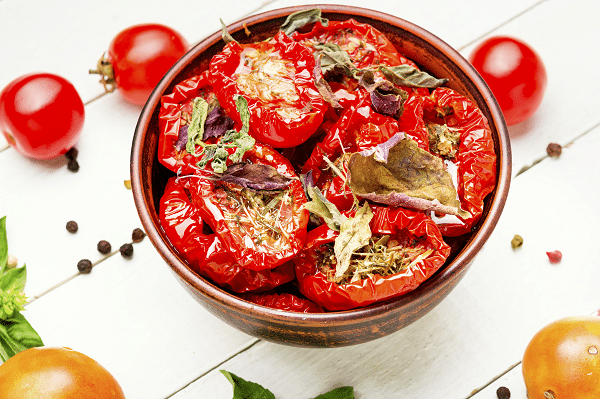
Sun-dried tomatoes have long held a revered spot in Mediterranean cuisine. Their intense, tart, and somewhat sweet flavor is a result of the dehydration process, which extracts the moisture and leaves behind a concentrated tomato essence. This intense flavor makes sun-dried tomatoes an invaluable ingredient in many dishes, from pasta sauces to salads.
Selecting the right tomato variety for dehydration is essential. Roma tomatoes, with their thick flesh and low moisture content, are ideal. Once dried, these tomatoes can be stored in olive oil, adding another layer of flavor. It’s this marriage of the robust tomato flavor with the richness of oil that often makes sun-dried tomatoes a gourmet ingredient in many recipes.
Strawberries
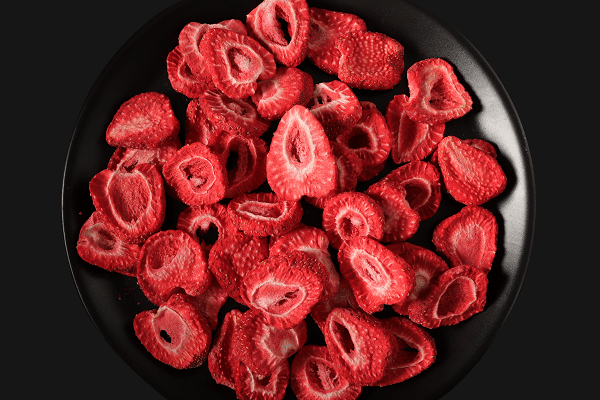
Strawberries, with their vibrant color and juicy texture, might seem an unlikely candidate for dehydration. However, once dried, they present an intensified version of their sweet-tart profile. The dehydration process emphasizes the natural sugars in strawberries, rendering them into crisp, flavorful slices that are both delicious and packed with nutrients.
Dehydrated strawberries have multiple uses in the culinary world. They can be powdered and used as a natural flavoring agent or tossed whole into trail mixes and cereals. Furthermore, strawberries, when dried, retain a significant amount of their antioxidants and vitamin C content, making them not just flavorful but also a health-boosting ingredient or snack.
Carrots

Carrots, with their crunchy texture and earthy sweetness, undergo an interesting transformation when dehydrated. The dehydration process concentrates the natural sugars present in carrots, turning them from a crunchy vegetable into a chewy and sweet treat. Beyond their use as a snack, dried carrots find their way into many recipes, especially in soups and stews, where they rehydrate and infuse the dish with their rich flavor.
It’s noteworthy that dehydration doesn’t strip carrots of their nutritional value. They remain a rich source of beta-carotene, a precursor to vitamin A. This means that while enjoying the sweet and intensified flavor of dried carrots, one is also benefiting from their significant health properties, making them an excellent addition to any pantry.
Oranges
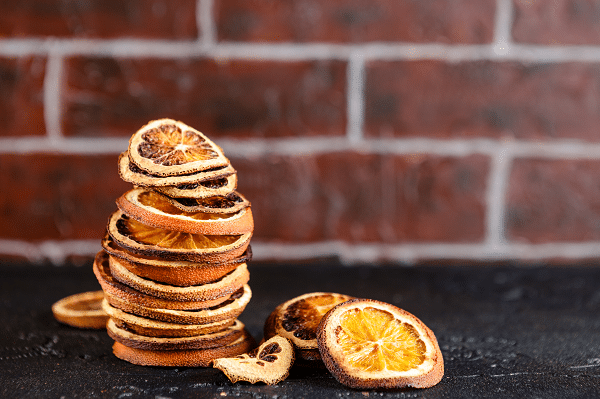
The zesty aroma and vibrant flavor of oranges are further enhanced when they undergo the dehydration process. Sliced and dried, orange segments become crisp chips bursting with citrusy goodness. These dried slices not only serve as a refreshing snack but can also be utilized in an array of dishes, be it desserts, teas, or used as garnishes to add a touch of brightness.
Dehydrated oranges still hold onto many of their beneficial nutrients, notably vitamin C. Additionally, drying oranges also magnifies the oils present in their rind, which intensifies the citrus scent and flavor. These factors, combined with their eye-catching appearance, make dried oranges a favorite in both the culinary and beverage world, adding zest and visual appeal wherever they are used.
The Bottom Line
Embracing dehydration as a method for food preservation opens up a world of culinary possibilities. Foods, when dehydrated, offer an intensified flavor profile while ensuring longer shelf life and retained nutritional value. Growing and selecting the right varieties for dehydration ensures top-notch quality and flavor. So, whether aiming for self-sufficiency, looking to delve into gourmet creations, or simply wanting a tasty, nutritious snack, the art of dehydration and these prime food candidates are certainly worth exploring.



